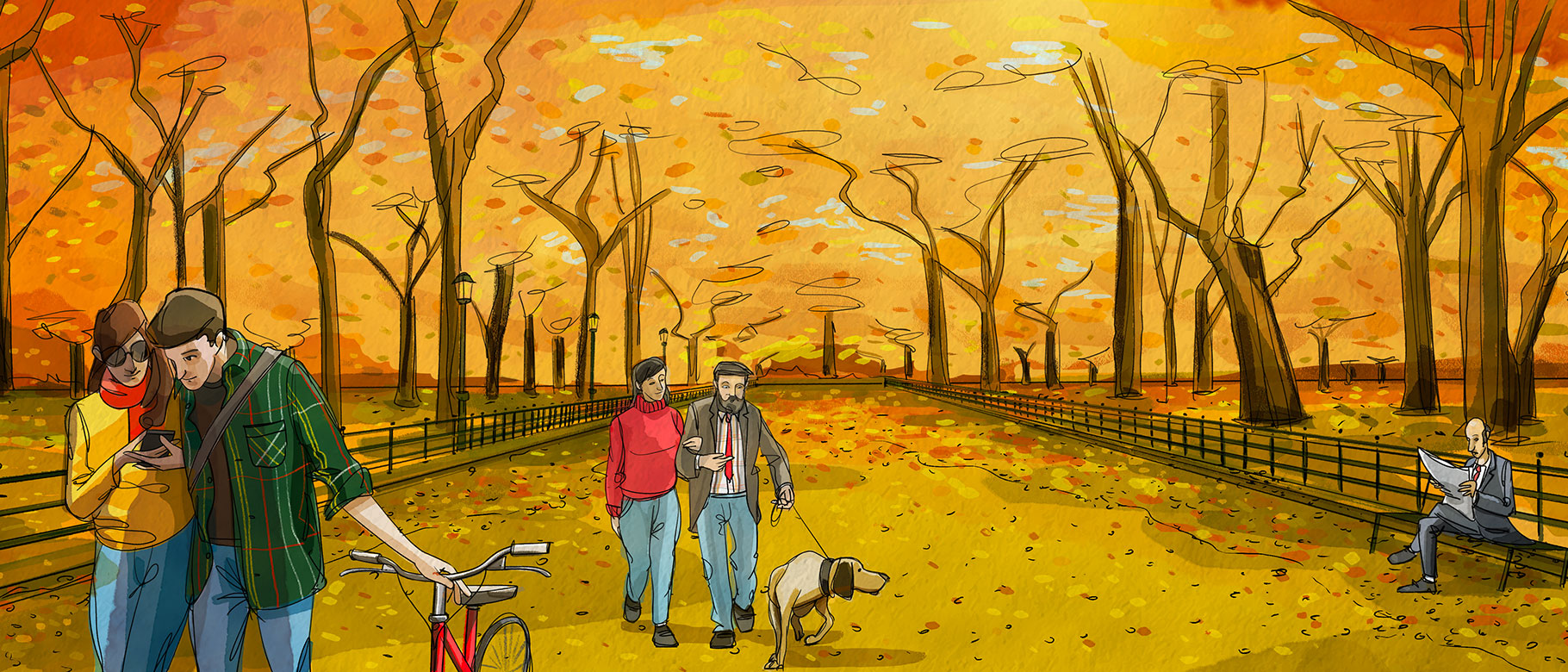

“That from the first day of August 1747, no man or boy within Scotland other than His Majesty’s Forces shall wear or put on clothes commonly called Highland clothes, and that no Tartan shall be used for Great coats or upper coats […] every such person so offending shall be liable to be transported to His Majesty’s plantations beyond the seas, there to remain for the space of seven years…”
– The Abolition And Proscription Of The Highland Dress (1746)
For a fabric so deeply enmeshed in Great British identity, it’s rather shocking to discover there was a time that wearing Tartan could see you shipped off to the penal colonies. For while people from Eastern Asia to sub-Saharan Africa have woven mixed patterns of cross colours into blankets and clothing since time immemorial, no one has celebrated the heroic status, rebelliousness and masculine charm of plaid more than the defiant Scotsman.
It was first noticed by chroniclers in the 16th century that the Highland Dress of a clansman consisted of a short jacket, linen shirt, raw leather foot coverings, trews or stockings and a loosely tied blanket of checked wool in various patterns unique to each clan and region. These ‘setts’ were closely monitored by the individual clans and enforced with a measuring stick for complete accuracy in complex blends of criss-crossed colours. The Ogilvie tartan, for example, featured 81 colour graduations before the pattern repeated – the beautiful hues of home made vegetable dyes transforming the soft wool of hardy highland sheep. In other words, Tartan was a deeply personal means of identification within communities and family units, as much as a practical guard against the elements.
The subsequent banning of Tartan by the English was therefore a direct attack on Scottish identity. The heroism and fighting prowess of the fierce Highlander was subsumed into English military dress; the original setts lost as the measuring sticks and traditions were abandoned and broken up. So fatal was this blow, that when the ban was lifted half-a-century later, the original patterns were lost and had be to reimagined as folkloric approximations of what had gone before. That said, new technologies in both weaving and dyeing brought new colours, sharpness and clarity to the old natural patterns and a vogue for louder, more bracing designs swept fashions in the early 19th century. We are fortunate that swatches of these potent motifs survive in the leather bound catalogues of Thomas Mason – a fascinating contemporary archive that provides endless inspiration for the modern dresser.
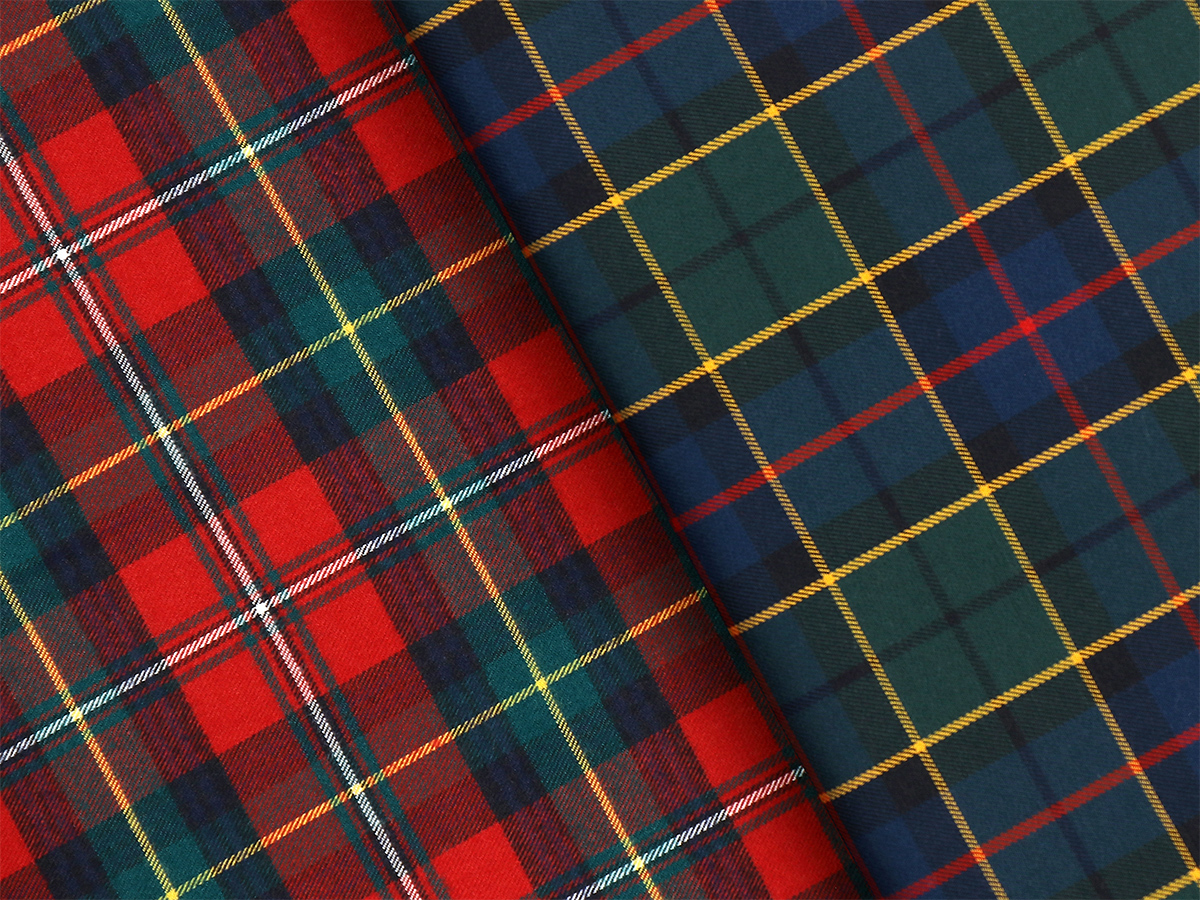
These archives, thankfully, are a near-endless reference-point for Thomas Mason’s textile designers today, who frequently re-invent Tartan and Tartan-like fabrics to contemporary tastes. Perhaps the best example of this is the brand’s Warwick collection, a gloriously soft winter-weight cotton flannel range that’s ideal for generously cut overshirts with revere collars and handy utility pockets on the chest. For those of you who are keen on colour, the Spitalfields collection features some superb winter-weight plaids too; which are if anything even more striking than those to be found in Warwick. Cut into a two-pocket ‘work shirt’ or versatile overshirt, these cloths feel thoroughly wearable and are good fun, but reference Tartan’s rich past all the same.
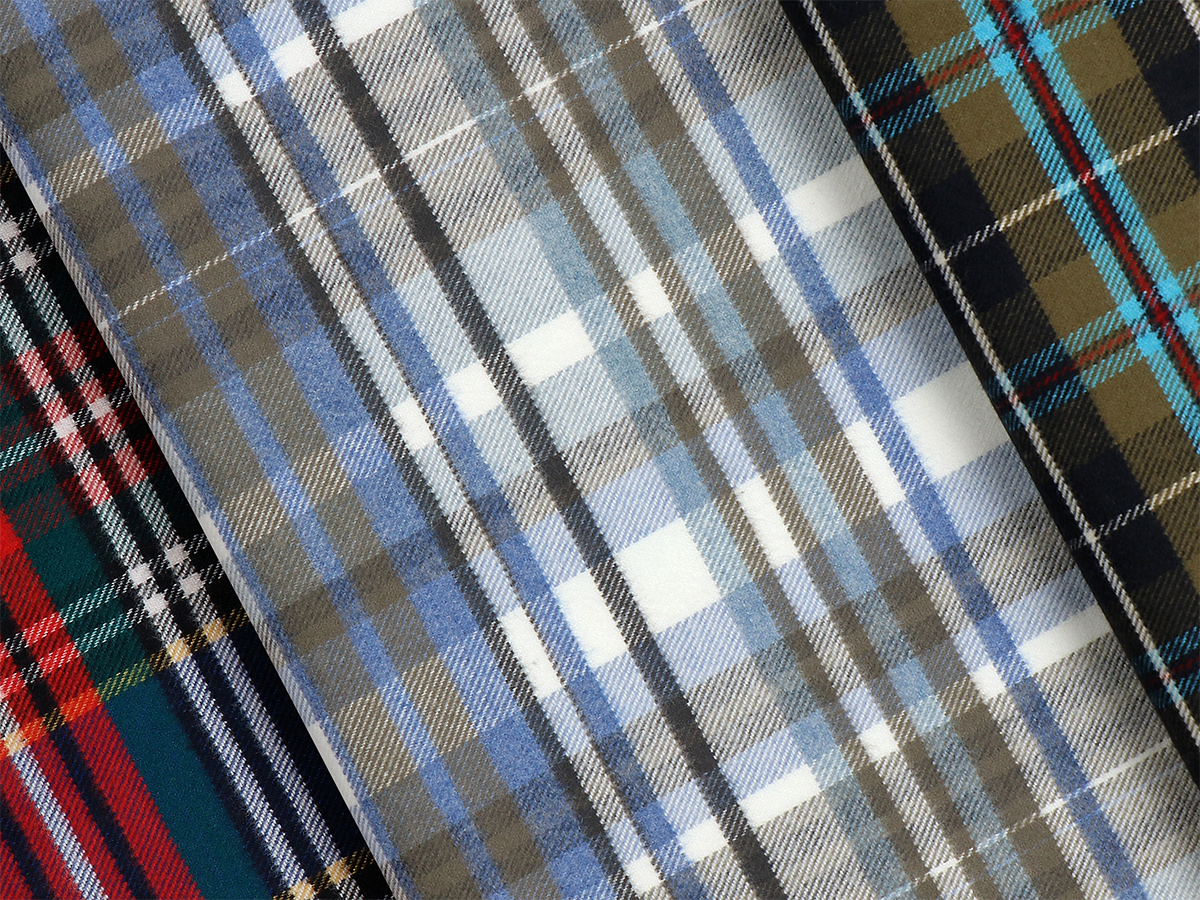
While Tartan first made its way back into civilian life through elegant eveningwear in the 19th Century, the sporting life of ‘Bertie’, Edward VII, made plaids de rigeur for leisure pursuits and the good life; a tradition his grandson, the noted clotheshorse Edward Windsor took to with an almost religious zeal. Both their uniforms for field sports and golf borrowed heavily from the natural toned ‘Hunting Tartans’ with their muted green and brown bases, whether in a tweed suit and plus-fours, or in their soft brushed cotton sports shirts.
Of course, outside of the traditional ‘Tartan Season’ (from St Andrews Day on the 30th November and ending on Burns Night at the close of January) the most effective way to keep Tartan in your ensemble is through shirting. While work shirts offer one useful route, Tartan’s soft flannel-like quality also lends itself to mid-century inspired button-down shirts with generous rolling collars. These are ideal with preppy chinos or dark bottle green cords for a touch of Ivy League loucheness. Throw a sports coat or navy brass-buttoned blazer over the top and you’ve got a look that’ll take you almost anywhere.
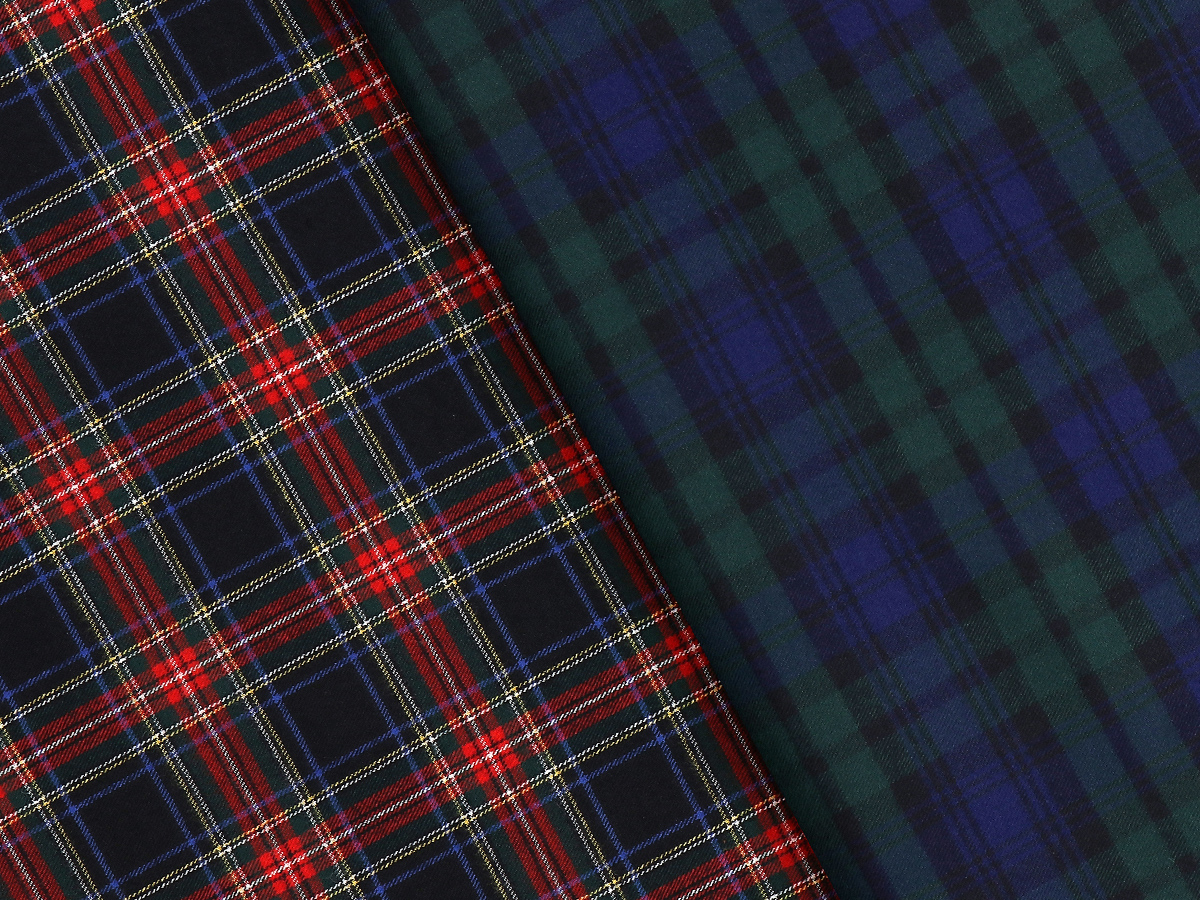
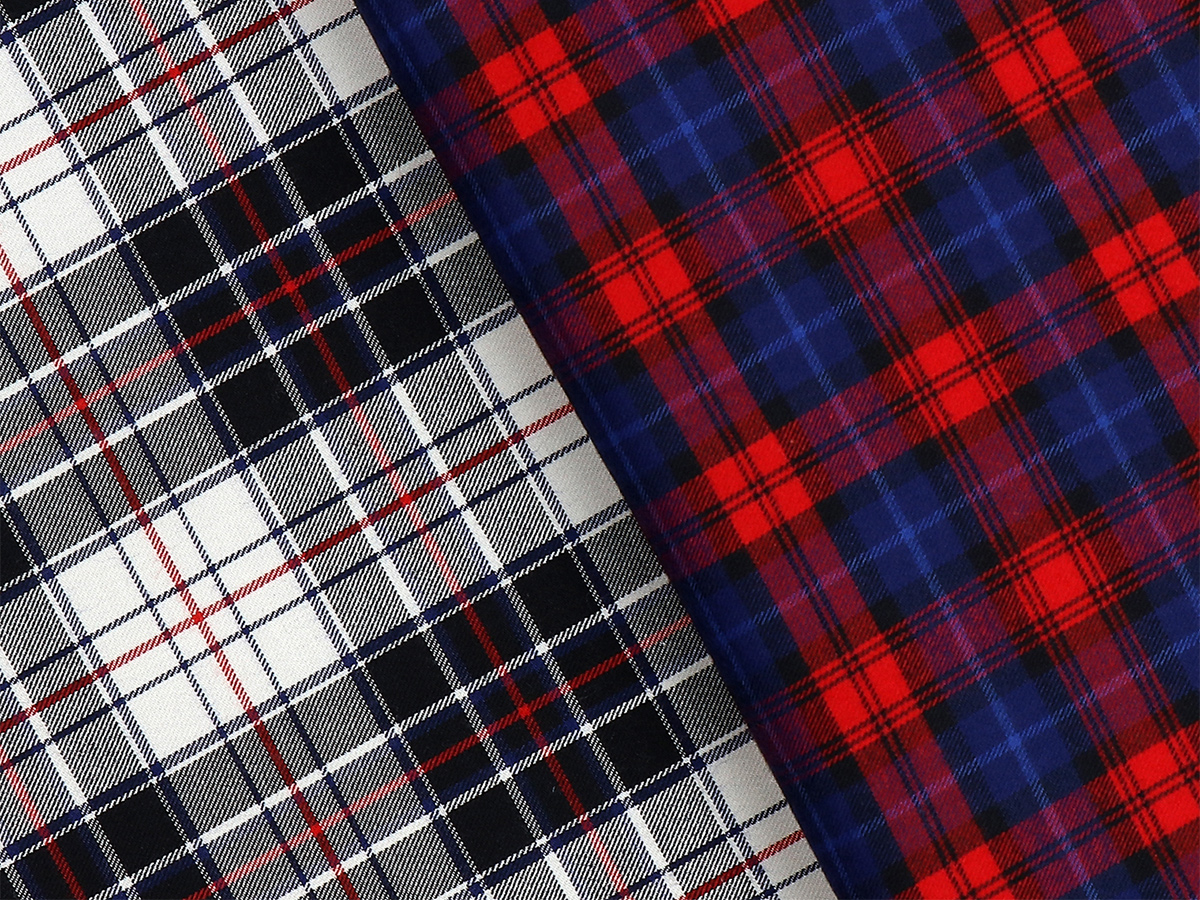
You can also opt for Tartans woven into smooth cotton Zephir fabrics for shirts that are a little more dressy and wearable all-year-round (see Thomas Mason’s Durrants collection, which has a lovely lightweight Black Watch among other impressive plaids). For a potently metropolitan bohemian look, one can ape the iconic Andy Warhol and his late ‘70s uniform of jeans, sports coat, dark tartan shirt and striped tie; the perfect high and low mix of ruggedness, tradition and iconoclastic flair – almost any cloth in the Durrants collection would work perfectly for this.

The Finest Summer Shirt Fabrics and How to Wear Them
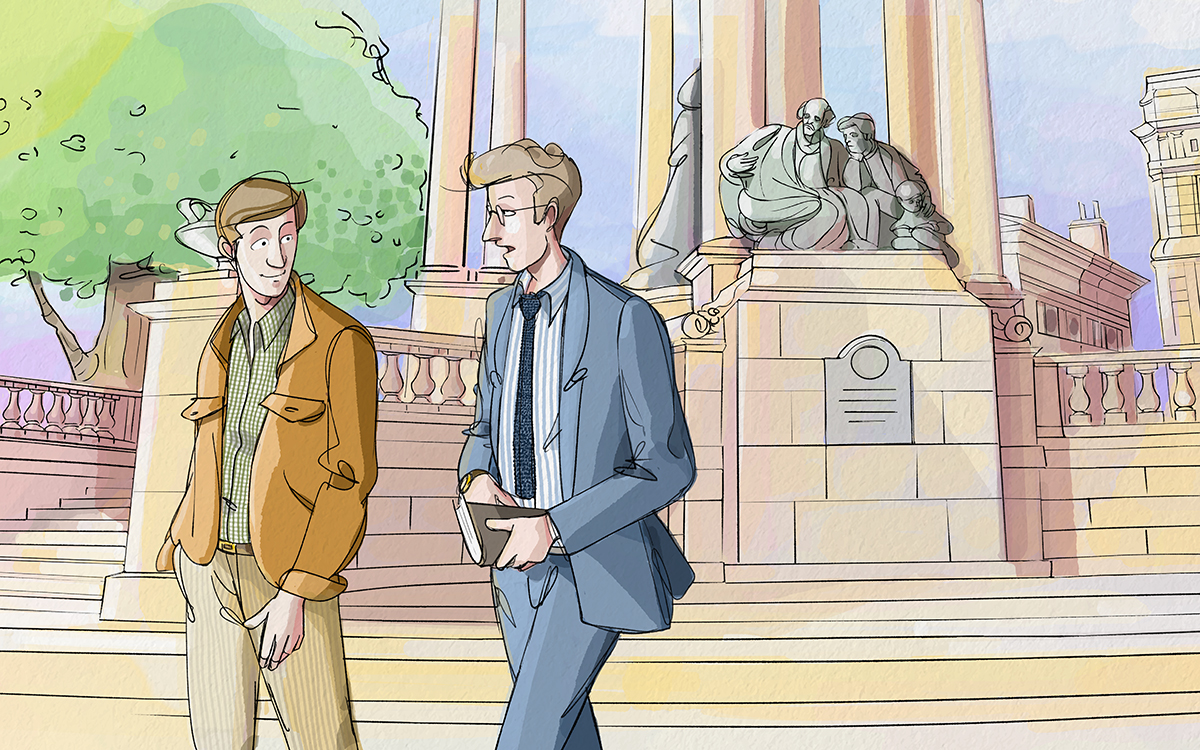
Interpreting the Checked or Striped Shirt

Shirt collars, cuffs and a guide to proportion
Cotonificio Albini S.p.A. - Via Dr. Silvio Albini 1, 24021 Albino (BG) – Italy
Società con unico socio - diretta e coordinata da Albini Group S.p.A.
P.I. 01884530161 - C.F. 08743540158 - Iscritta al Registro Imprese di Bergamo - REA 244649
Capitale sociale sottoscritto e versato € 11.170.960